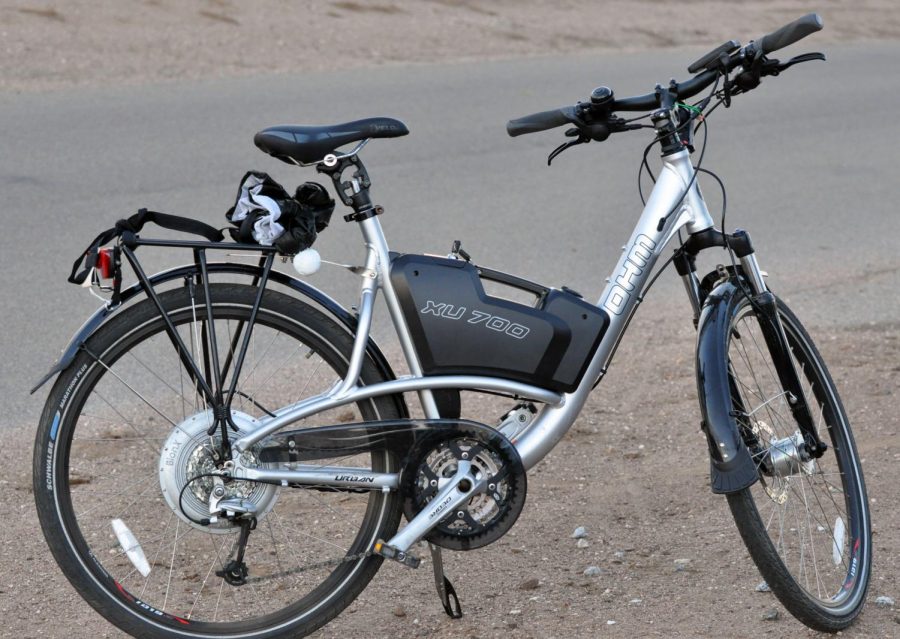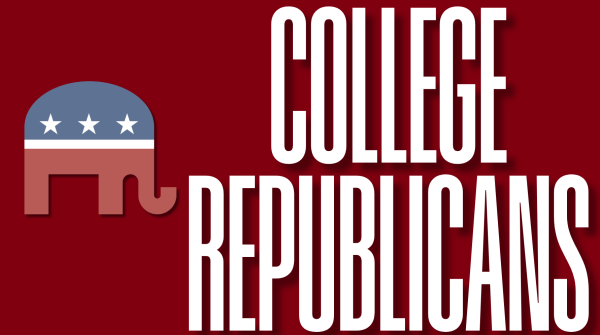E-Bikes Are Better In Busy U.S. Cities
By Sean Franklin
Last week, General Motors (GM) announced that it plans on bringing two new electric bikes, or e-bikes, to the market as early as next year. E-bikes are bikes that have electric motors attached to give the rider an extra boost.
Some are “pedal-assist,” which means the motor kicks in when the rider pedals. Others are throttle-based, which allow the rider to kick in the motor whenever they want with the push of a button.
This does wonders for uphill and longer-distance rides. Zipping around the city on an e-bike is quick and easy, and consumers are embracing them in droves. According to the NPD Group, an American market research company, e-bike sales totaled $77.1 million in 2017, up 91 percent over the previous year.
I, for one, applaud GM’s new initiative. When it comes to urban mobility, e-bikes are better than cars in two significant ways. One is that they make better use of existing transportation infrastructures. They take up less space on the road, meaning that road space (a finite resource) is much more efficiently utilized when people use it to bike instead of driving. Cities are too dense to rely on cars alone – the massive traffic jams that you can find in any American city are a testament to that. E-bikes, however, fit into the urban fabric perfectly. They reduce traffic not only by merit of their small footprint, but also by taking cars off the road. More people on bikes means less people are driving, which eases congestion.
Another reason why e-bikes are superior is that they use far, far less energy.
Cars are one of the biggest contributors to climate change in America today. They run on fossil fuels, so their carbon footprint is high. E-bikes, on the other hand, are lighter and run on electricity, achieving the electric equivalent of 1,000 miles per one gallon of gasoline. Widespread adoption of e-bikes would significantly reduce emissions and air pollution in cities nationwide.
Critics of urban cycling have often said that bikes aren’t adequate for people’s transportation needs and that the car is still necessary. It’s true that for transporting heavy cargo or making long-distance journeys, bikes aren’t really viable.
The majority of car trips made in America are less than 10 miles, a distance that can be easily covered on an e-bike. You could easily use them to commute to work, the gym or the grocery store. E-bikes are an excellent form of intraurban transportation in a way that cars could never be.
For urban planners in cities and metros around the country, embracing e-bikes is a no-brainer. Many cities have made significant upgrades to their biking infrastructure in the past few years, paving the way for cyclists (electric or otherwise) to use their bikes to get around safely. This is laudable. If cities want to reduce traffic and promote sustainability, promoting cycling is a great way to do it.
However, cyclists still face serious challenges. Even from my own experience, I know that cycling in big cities is difficult.
Bike lanes, though they are increasing in number, are still absent in many parts of the city. Taxi drivers, delivery vans and even police cars are often parked in the bike lanes, making it difficult and even unsafe to get around.
Ironically, those same police officers are eager to ticket any cyclist who rides their bike outside the bike lane. Furthermore, in many cities, including New York City, e-bikes are still technically illegal. Law enforcement regularly seizes them from otherwise law-abiding citizens while doing nothing about the cars illegally parked in bike lanes. This all reveals a set of misplaced priorities within city government.
E-bikes (and conventional bikes) pose clear benefits to cities that should be kept in mind when designing policies.
Time and time again, it has been shown that if you build infrastructure for cyclists and lower the barriers to cycling, people will start biking. Cities should build more bike lanes (and keep them clear of cars).
They should legalize e-bikes and encourage law enforcement to stop harassing cyclists. E-bikes, if properly implemented, could be a boon to any city’s transportation network.
The fact that big companies, like General Motors, are starting to manufacture them shows that they’re not just a passing fad. Policy makers should do everything in their power to encourage their adoption.
Sean Franklin, FCRH ’21, is an urban studies major from Alexandria, Virginia.










































































































































































































